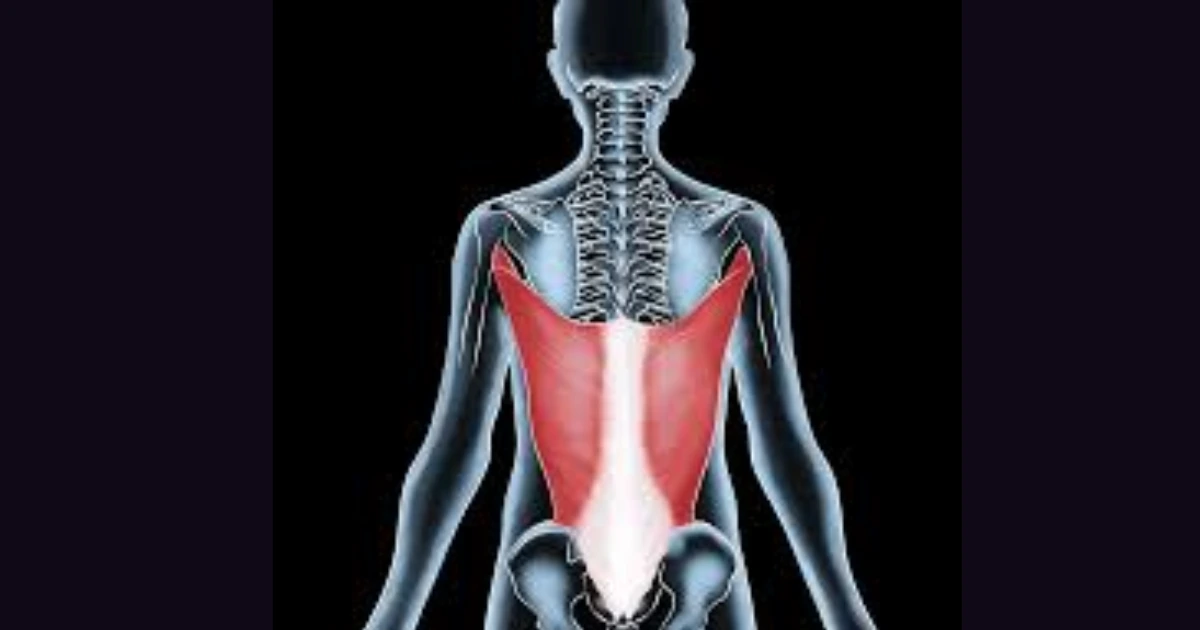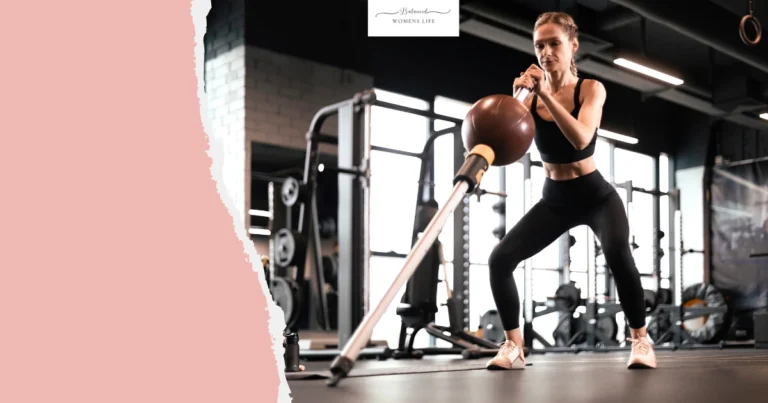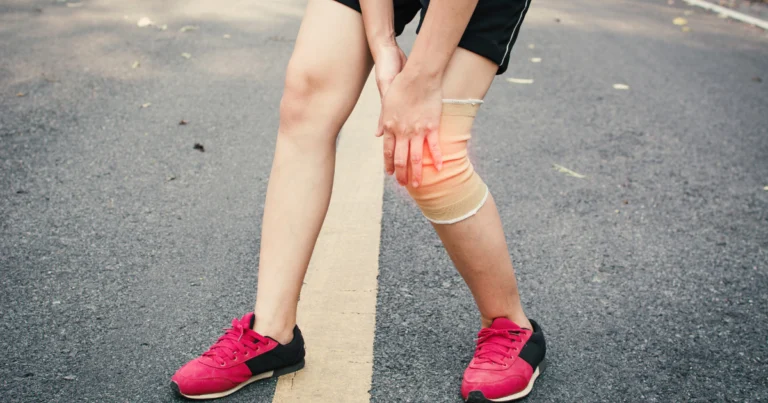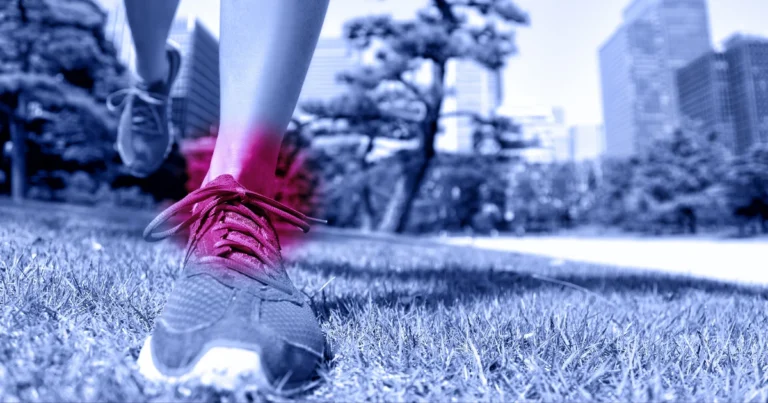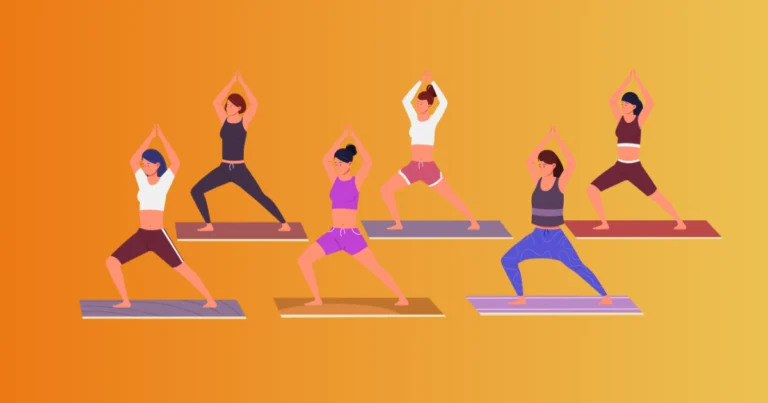Pulled Latissimus Dorsi: Causes, Symptoms, and How to Heal with Care
Table of Contents
The latissimus dorsi, occasionally known simply as the “lats,” is a huge, flat muscle in your back that is central to many upper body exercises. A lat strain, or pulled latissimus dorsi muscle, can happen for many reasons: overuse, poor form while exercising or an injury. Here, we look at why a latissimus dorsi might become pulled, alongside more information on symptoms, treatment, and prevention.
What is the Latissimus Dorsi?
The latissimus dorsi is one of the largest muscles in the upper body; it spans from the lower back to the upper arm. It is responsible for multiple movements, such as:
Extension of the Arms Pulling the arms down and back.
Adduction: Bringing the arms toward the body.
Medial Rotation: A medical term for rotating the arms inward.
Because it plays a major part in many activities and sports, injuries to this muscle can greatly affect mobility and strength.
What Causes a Pulled Latissimus Dorsi?
Several factors can lead to a pulled latissimus dorsi:
Overuse or Repetitive Strain
Doing activities that put your lats to repetitive use, including swimming, rowing, weightlifting or gymnastics, can lead to overuse injuries, Bryan explains. Sometimes, professionally athletes that repeat these movements too often without recovery.
Improper Technique
The latissimus dorsi can come under undue strain from poor exercise form. There are common exercises that could cause injury:
- Pull-ups
- Chin-ups
- Rowing
- Weightlifting (overhead lifts especially)
Trauma or Sudden Impact
A sudden stress to the back such as a fall or accident can result in a latissimus dorsi strain. This kind of injury can also happen when playing contact sports.
Poor Posture
Due to muscles becoming unbalanced or in the wrong position because of this physical dysfunction, keeping the body in the same or incorrect position for too long may put pressure on the lats. Bad posture in general happens after sitting for a long time or slouching.
Muscle Imbalance
This frequently leads to overcompensation and strain due to imbalances between the latissimus dorsi and the surrounding musculature.
Table: Common Causes of Pulled Latissimus Dorsi
| Cause | Description |
| Overuse | Repetitive activities leading to strain |
| Improper Technique | Poor form during exercises causing excessive stress |
| Trauma | Sudden impact or accidents affecting the back |
| Poor Posture | Long periods of slouching or improper alignment |
| Muscle Imbalance | Imbalances leading to overcompensation |
Pulled Latissimus Dorsi Symptoms
It is vital to determine the symptoms for a pull in the latissimus tendon to get treatment promptly. The most common symptoms are:
- The pain is typically in the mid-back or lower back and may extend to the upper arm or shoulder.
- Swelling It’s because your immune system could create inflammation at the location that you’re feeling pain.
- Stiffness: Limitation of motion for raising arms or performing overhead tasks.
- Problems with pulling: Having trouble pulling the arm affected.
- Bruising: In severe cases, bruising may develop.
Diagnosis
To address a pulled latissimus Dorsi medical professionals usually will:
Physical Exam: Check Pain and Range of Motion
X-raysand MRI The use of X-rays or MRI scans are a way to determine if there are any other injuries like fractures.
How to Treat a Pulled Latissimus Dorsi
A treatment to treat a pull in the latissimus donorsi is:
Rest
The recovery process requires rest. Avoid aggravating discomfort or pain until the healing process has begun.
Ice Therapy
You can also try cold packs to ease pain and swelling. In the initial couple of days after, the ice can be applied for 15 to 20 minutes each time for a few hours.
Compression
The use of elastic bandages to restrict and support the movement of a particular part.
Elevation
Lifting the affected limb above the the heart can reduce swelling.
Anti-Inflammatory Medications
Non-prescription drugs such as ibuprofen can be very effective in reducing inflammation and pain.
Physical Therapy
If symptoms of acute onset are reduced and you’re under the care by a therapist, physical therapy could assist you in the regaining of strength and flexibility in the muscles of the latissimus dorsi. The physical therapy program could consist of:
Exercises for stretching
Exercises for strengthening
Manual treatment techniques
Gradual Return to Activity
When healing has begun It is now time to slowly begin performing lats activations again making sure you keep your form and concentrate on the exercise.
Prevention Strategies
To prevent the possibility of a pulled latissimus tendon ensure that you follow the following safe practices when performing exercises:
Warm Up The importance of warming up prior to any activity that is strenuous.
Pay attention to your body if an exercise is causing tension or pain, you should avoid it or alter the exercise.
Strengthen Accessory Muscles by strengthening them: Make sure you do exercises that build muscles in the adjoining area to avoid imbalances.
Utilizing a healthy posture: A good posture during standing and sitting can reduce tension on the back muscles.
Be Patient Don’t force yourself through pain, but listen to the body.
Pulled Latissimus Dorsi FAQ
Question 1. How long will it take to heal from a lat that has been torn?
A1: The time to recover is dependent on the severity of the injury. Mild strains can heal within a few weeks whereas more severe strains could last from weeks to months.
Q2: Is it possible to continue training with a tensioned latissimus femoris?
A2: You’ll need to take a break for a while and consult your health professional to determine the best time to get back into exercise.
3. What’s some good stretching exercises for my thighs?
A3: Reaching over the head using arms, and sidebending are good stretching exercises and should be discussed together with your physical therapist to get individual suggestions.
Q4 Do you think a pulled latissimus dorsi need surgery?
A4: In the rarest situations do we require surgery. Most cases can be treated with conventional treatment methods like physical therapy and rest.
Q5 Can poor posture be a reason for an injured latissimus dorsi?
5. Yes poor posture can result in muscle imbalances, and also increase the tension on the lats.
Conclusion
A latissimus-dorsi strain could severely affect daily routines and performance in athletics. It is important to recognize the condition early as well as understanding the root cause and adopting efficient treatment strategies are essential for recovery and avoiding any future injuries. There are a few strategies to prevent injuries to your lats include exercising safely with exercise and correct posture.
Talk to your doctor if suspect that you’ve pulled your latissimus dorsi muscle and must treat it appropriately!

